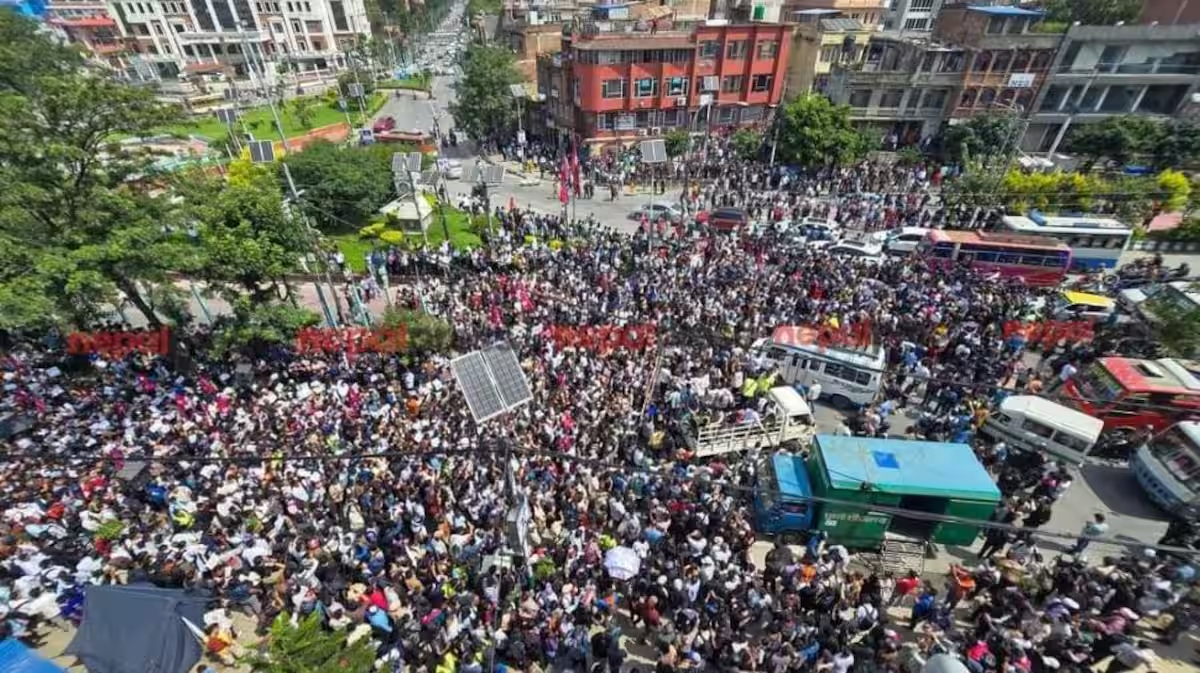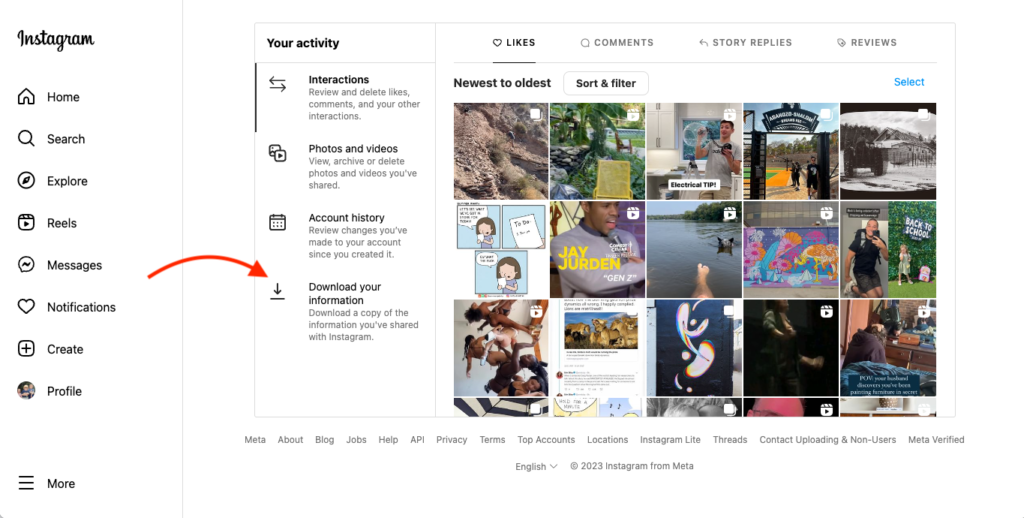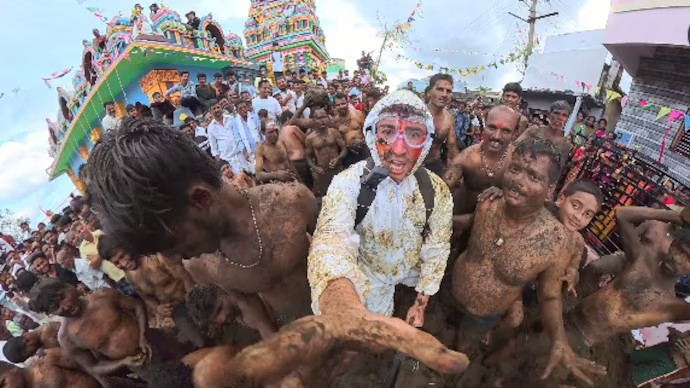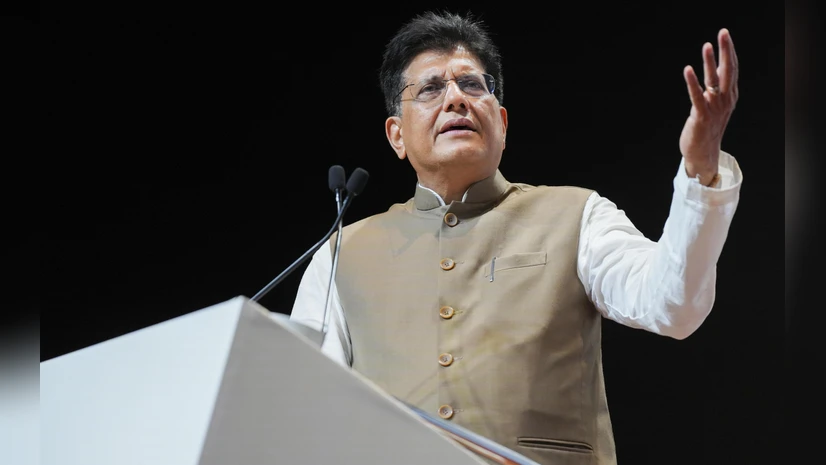Now Reading: Nepal Withdraws Social Media Ban After Gen Z Protests Turn Deadly
-
01
Nepal Withdraws Social Media Ban After Gen Z Protests Turn Deadly
Nepal Withdraws Social Media Ban After Gen Z Protests Turn Deadly

Nepal has lifted its controversial social media ban after widespread protests, largely driven by Gen Z, erupted across the country. The demonstrations turned violent in several regions, leading to the tragic loss of 19 lives. Prime Minister KP Oli acknowledged that ambiguity in the government’s decision created unrest and pledged that future policies would be framed with greater clarity and consultation.
The ban, originally intended to curb misinformation and harmful content online, was criticized for being too broad and restrictive. Young protesters argued that it not only limited free speech but also disrupted education, small businesses, and daily communication. Social media has become a vital space for Nepal’s youth, who rely on it for opportunities, networking, and expression.
The protests quickly spread from Kathmandu to smaller towns, with students, professionals, and digital workers joining the movement. Many saw the restrictions as an attempt to control dissent rather than address online safety. In smaller urban centers, where job seekers and freelancers depend heavily on digital platforms, the ban was felt as an economic blow as well.
For India, which shares deep cultural and economic ties with Nepal, the episode is being closely observed. Tier 2 cities in India such as Lucknow, Indore, and Nagpur also have large youth populations active online, and the Nepal protests highlight how digital restrictions can trigger sharp pushback. It reflects the generational importance of the internet as a space for both livelihood and identity.
With the rollback, the Oli government faces the challenge of regaining public trust while still addressing genuine concerns around online abuse and misinformation. The events in Nepal underline a critical lesson for governments across South Asia: policies affecting digital freedom must balance regulation with democratic values, or risk sparking unrest among a connected generation.

























